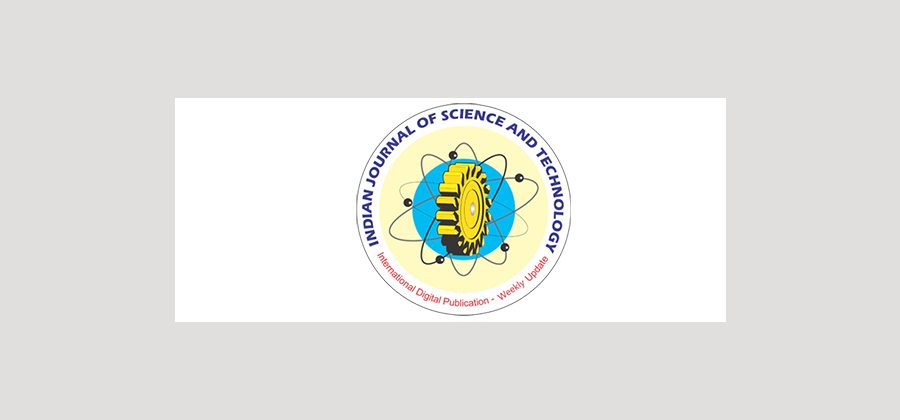


Indian Journal of Science and Technology
DOI: 10.17485/ijst/2019/v12i23/143825
Year: 2019, Volume: 12, Issue: 23, Pages: 1-9
Original Article
Lusekelo Kibona*, Liu Jian and Liu Yingzhuang
Department of Information and Communication Engineering; Huazhong University of Science and Technology, Hubei, Wuhan, China; [email protected], [email protected], [email protected]
*Author for correspondence
Lusekelo Kibona
Department of Information and Communication Engineering; Huazhong University of Science and Technology, Hubei, Wuhan, China; [email protected]
Background: The necessity for high-speed data services rises every time in speedy improvement of smart equipment with their uses in wireless network communications, so for the sake of encountering this necessity, massive multiple-inputsmultiple-output has been suggested to increase the spectral efficiency. However, upon increasing spectral efficiency, there is still the Energy Efficiency (E.E) problem. Objectives: In this study, downlink transmit power analysis for massive MultipleInput-Multiple-Output (MIMO) with linear pre-coding schemes under imperfect Channel State Information (CSI) using Time-Division-Duplex (TDD) mode has been carried out to find out which linear pre-coder is energy efficient compared to the other in the presence of estimation channel error which defines the reliability of the channel. Methodology: Derivation of the closed-form expression for transmit power of both pre-coding schemes from achievable sum rates, followed by Monte Carlo simulations and analysis using MATLAB under imperfect CSI have been carried out. Findings: In the presence of channel estimation error (ζ), our theoretical analysis were found to be in agreement with the simulated results. Furthermore, it was found that, if the ratio of the number of base station antenna (M) to the number of users (K) is large for whatever value of channel estimation error and at constant achievable-sum-rate, the zero-forcing (ZF) precoding scheme gave better results, i.e. uses low amount of transmit power compared to Maximum-Ratio-Transmit (MRT) linear pre-coder and when the ratio M K is low then MRT gives better results than ZF. Applications/Improvements: The results obtained from this evaluation will lay a foundation or will be used as a framework for suggesting which linear precoding scheme to use according to the number of users (K) required to be served by Base Station (BS) antennas in the presence of ζ.
Keywords: Channel Estimation Error, Downlink Transmits Power, Imperfect Channel State Information (CSI), Linear Precoding, Massive Multiple-Input-Multiple-Output (MIMO), Maximum Ratio Transmit (MRT), Time-Division-Duplex (TDD), Zero-Forcing (ZF)
Subscribe now for latest articles and news.